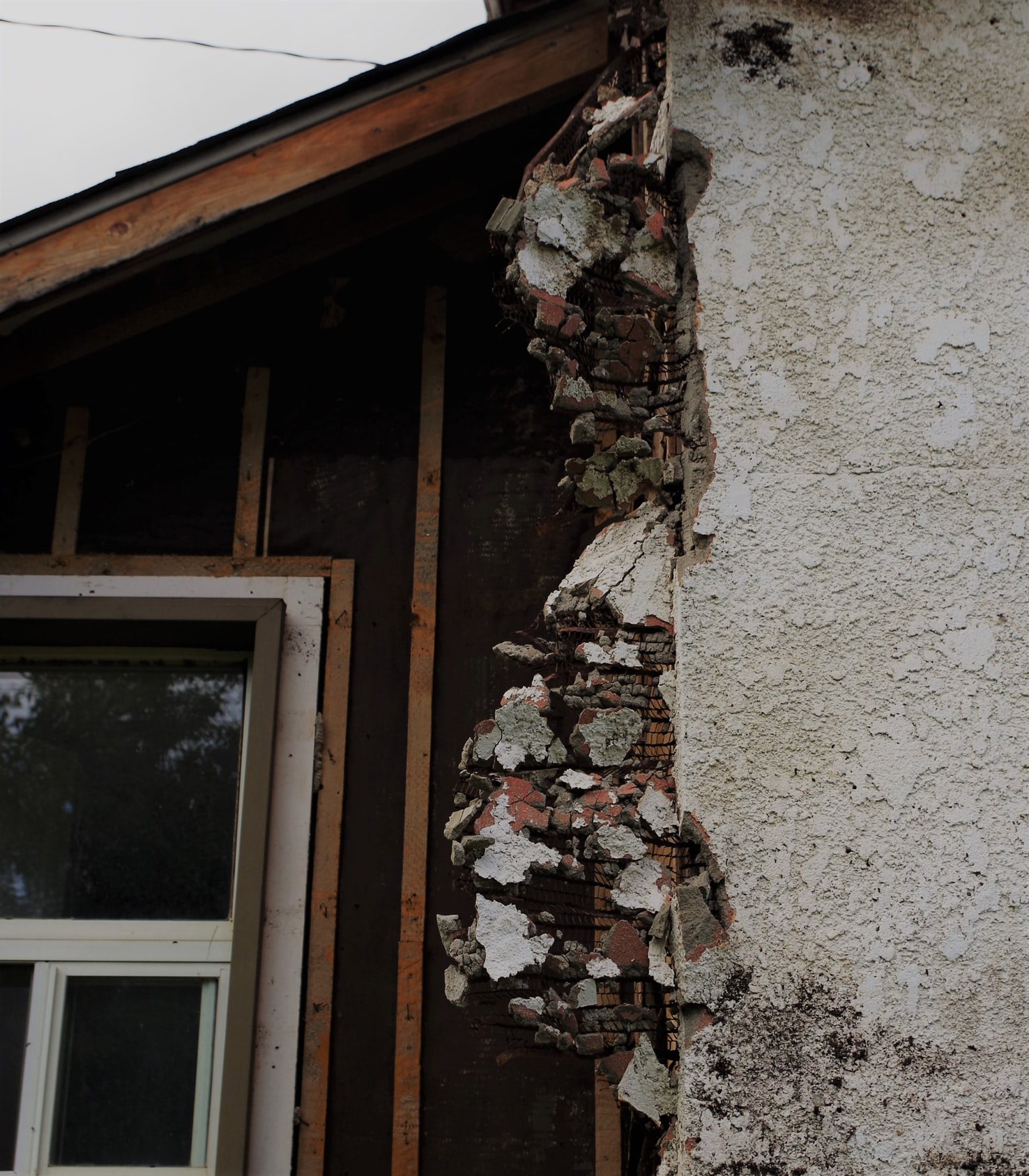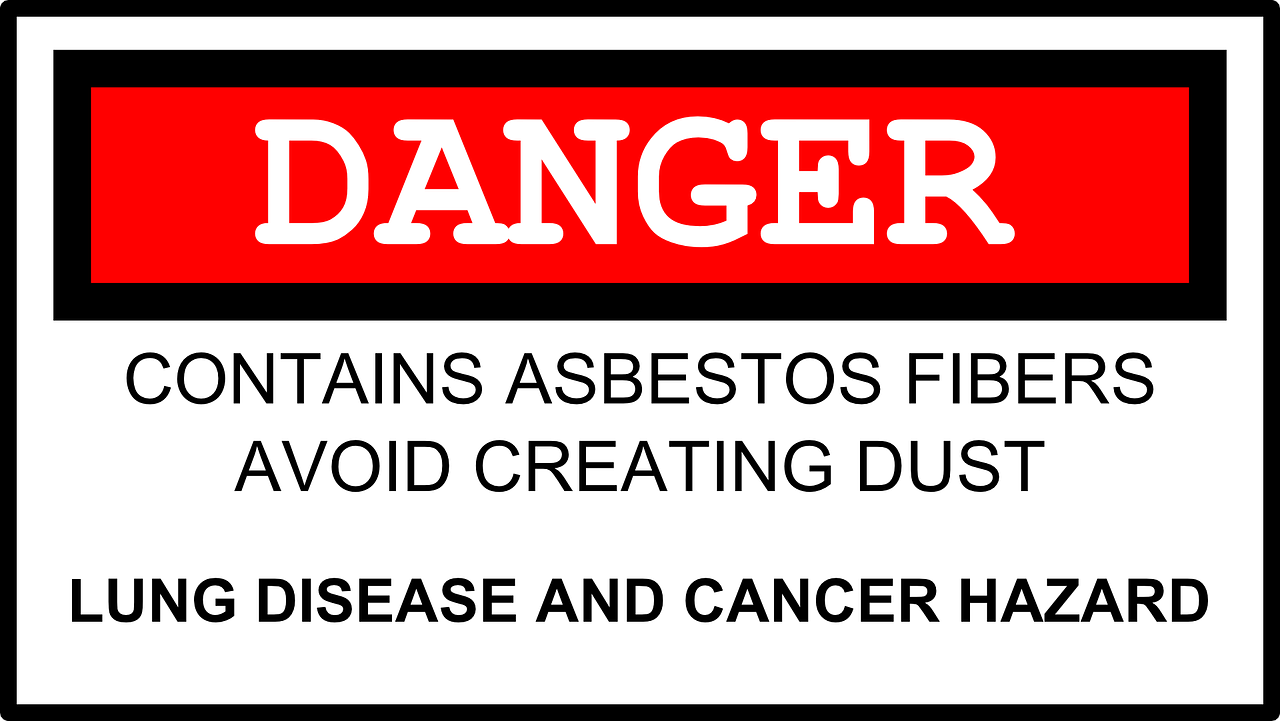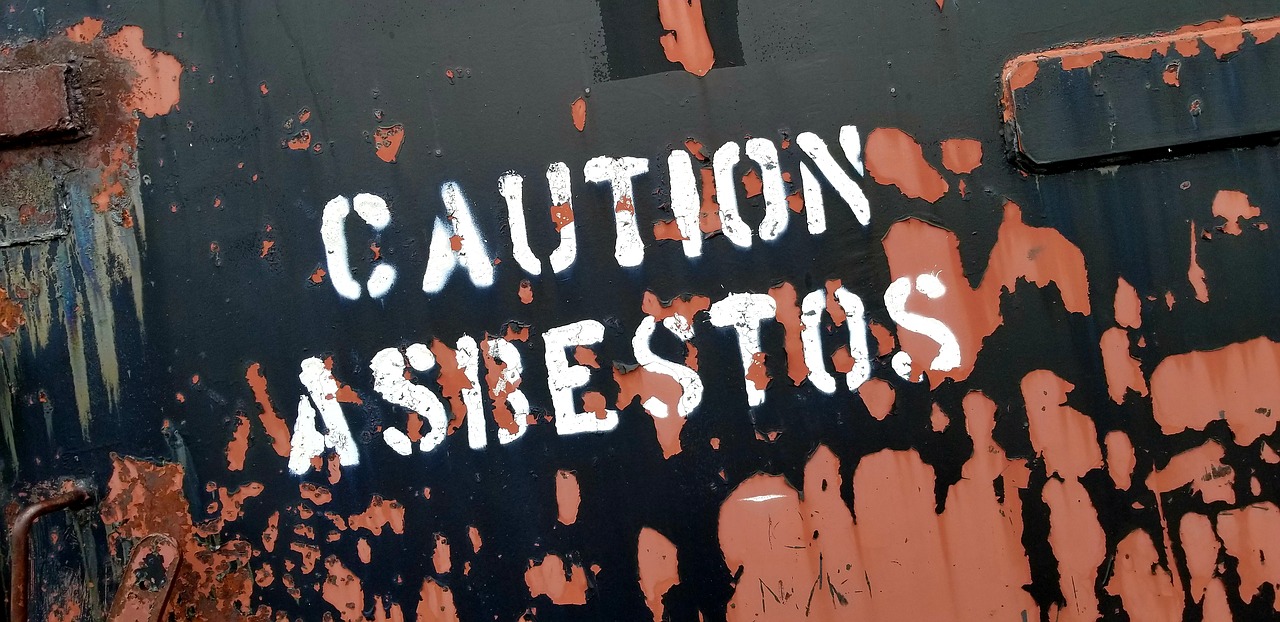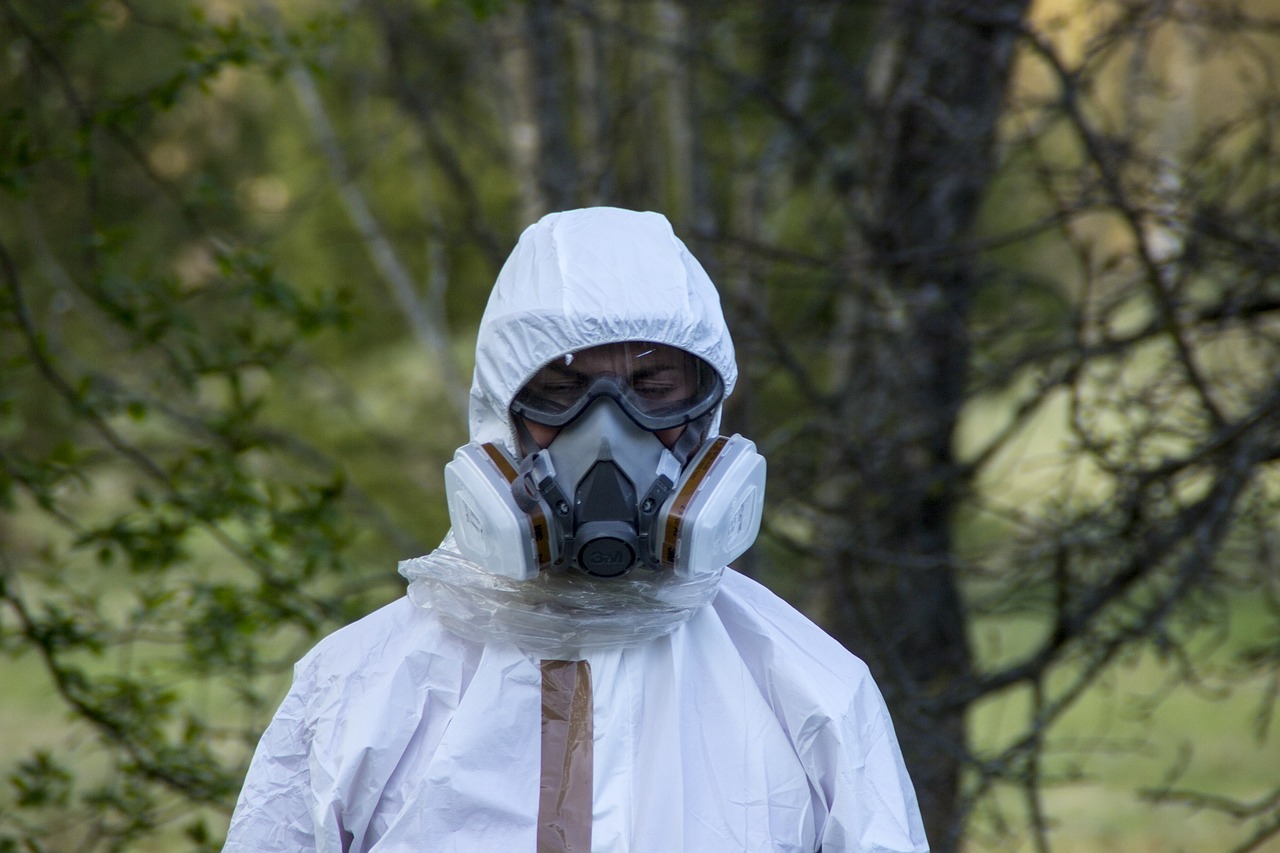
Asbestos is the name for six naturally-occurring minerals in our environment. For decades, manufacturers would mine for asbestos, separate the fibers, and use them in commercial and industrial products.
Asbestos is heat, fire, and chemical-resistant, not to mention affordable. As a result, it was once touted as a “miracle” material. Of course, that was until researchers discovered it was causing thousands of deaths and lifelong health problems. By then, millions of products contained it, and buildings worldwide.
While over 50 countries have now banned its use and production, that doesn’t mean the risk has gone. In fact, it’s going to be around for years to come – especially while the World Health Organization fights to ban it globally.
Therefore, it’s worth knowing the health dangers of asbestos and who is most vulnerable. You can then take all necessary steps to protect you and those around you.
What Are the Health Hazards of Exposure to Asbestos?
Given the prevalence of asbestos in products and buildings, anyone can be exposed to asbestos at any time.
Old toys, classic cars, your home, your place of business, and even your child’s school, can all contain asbestos.
When left undisturbed, asbestos poses minimal risk. However, if it’s friable – which means broken and crumbly – it can release small fibers into the air. When breathed in, they can become trapped in your lungs.
The health effects aren’t immediate. In fact, it can take decades for inflammation and scarring to form that leads to health problems.
These health problems are wide-ranging and often fatal.
According to the International Agency for Research on Cancer (IARC), asbestos causes mesothelioma, a rare cancer formed in the lining of the chest and abdomen.
Cancer of the larynx, ovary, and lungs can also be associated with asbestos exposure. There is a weaker link between asbestos and other cancers, as well.
An inflammatory lung condition known as asbestosis can also affect those exposed to asbestos. This condition causes shortness of breath, coughing, and lung damage. Pleural thickening, pleural plaques, and pleural effusions are non-malignant lung disorders associated with exposure, too.
What Factors Affect the Risk of Developing an Asbestos-Related Disease?
There are six different types of asbestos, and each can be associated with various health effects. In saying that, several other factors can determine your risk of succumbing to an asbestos-related illness.
These include:
- How much asbestos you were exposed to
- How long you were exposed to asbestos
- The chemical makeup of the asbestos fibers
- The exposure source
- Your risk factors – such as a pre-existing lung condition or smoking habit
- Your genetic factors
How Are Asbestos-Related Diseases Detected?
Many countries have registers of names of people exposed to asbestos at some point in their lives.
This register aims to ensure these people get access to the treatment they require, should they need it later in life.
However, asbestos fibers are not always something you see, so there are going to be plenty of instances where people aren’t sure if they have been exposed or not.
It’s only once they experience symptoms of an illness do they seek help from their GP. By then, the treatment options may be limited.
Some of the common symptoms that develop for asbestos-related conditions are:
- Shortness of breath
- Wheezing
- Hoarseness
- Blood in the fluid (sputum) coughed up from the lungs
- Difficulty swallowing
- Pain in the chest
- Tightening in the chest
- Swelling of the face or neck
- Weight loss
- Fatigue
- Anemia
Your doctor may ask about your asbestos exposure history, carry out an examination, then order more tests.
These may include a lung function test and a chest x-ray. A chest x-ray is one of the best tools for detecting an asbestos-related disease, but it can’t detect asbestos fibers.
To detect fibers, you may be required to undergo a lung biopsy.
This is a surgical procedure where lung tissue is removed. Alternatively, they may opt for a bronchoscopy, which is less invasive and involves rinsing asbestos fibers out of the lungs to detect them.
A doctor can also detect asbestos fibers in your mucus, feces, and urine. However, they are not accurate methods that can determine how much asbestos may be in your lungs.
Who Is at Risk for An Asbestos-Related Disease?
The people most at risk for an asbestos-related disease are those who work with it regularly – and often, their family.
From builders and miners to shipbuilders, insulation installers, demolition workers, automobile workers, and firefighters, several industries have been affected by this mineral – once thought to be harmless.
Even those involved in the cleanup efforts of the World Trade Center terror attack were exposed to asbestos.
As a result, time will tell whether firefighters, construction workers, police officers, paramedics, and volunteers see the effect of their exposure in the years to come.
Believe it or not, even family members of workers in high-risk industries can be at risk of exposure if the correct precautions aren’t taken.
Those workers can bring home fibers on their clothing, which can end up on furniture, soft furnishings, washing machines, and other people’s clothing.
Secondary exposure is a genuine reality. Women and children can be as likely to develop mesothelioma, for example, as the family member working with the material.
How Can Workers Protect Themselves from Asbestos Exposure?
Working with asbestos materials doesn’t automatically mean you’re at risk of exposure.
When you take necessary precautions, such as wearing personal protective equipment (PPE), you can reduce the risk by a considerable amount.
All workplaces where asbestos exposure is a genuine risk of the job requires a health and safety policy surrounding its management.
For example, an asbestos removal expert would wear an approved respirator, coveralls, and other PPE to keep themselves safe.
They may also make use of negative air machines while removing it from a business or building.
The Occupational Safety and Health Administration (OSHA) guidelines are followed to the letter in high-risk environments and workplaces such as construction and shipyards.
How To Remove Asbestos
It’s incredibly difficult to identify materials with asbestos without labeling. The best way to remove asbestos is to find a licensed asbestos remover or asbestos removal company.
Testing for asbestos yourself is not recommended because of the danger of releasing asbestos fibers into the air while securing the samples.
Feel free to call 1-833-WE-DRY-IT or contact us on our Facebook fan page if you have questions about asbestos inspection and asbestos removal. We’re here when you need us.




